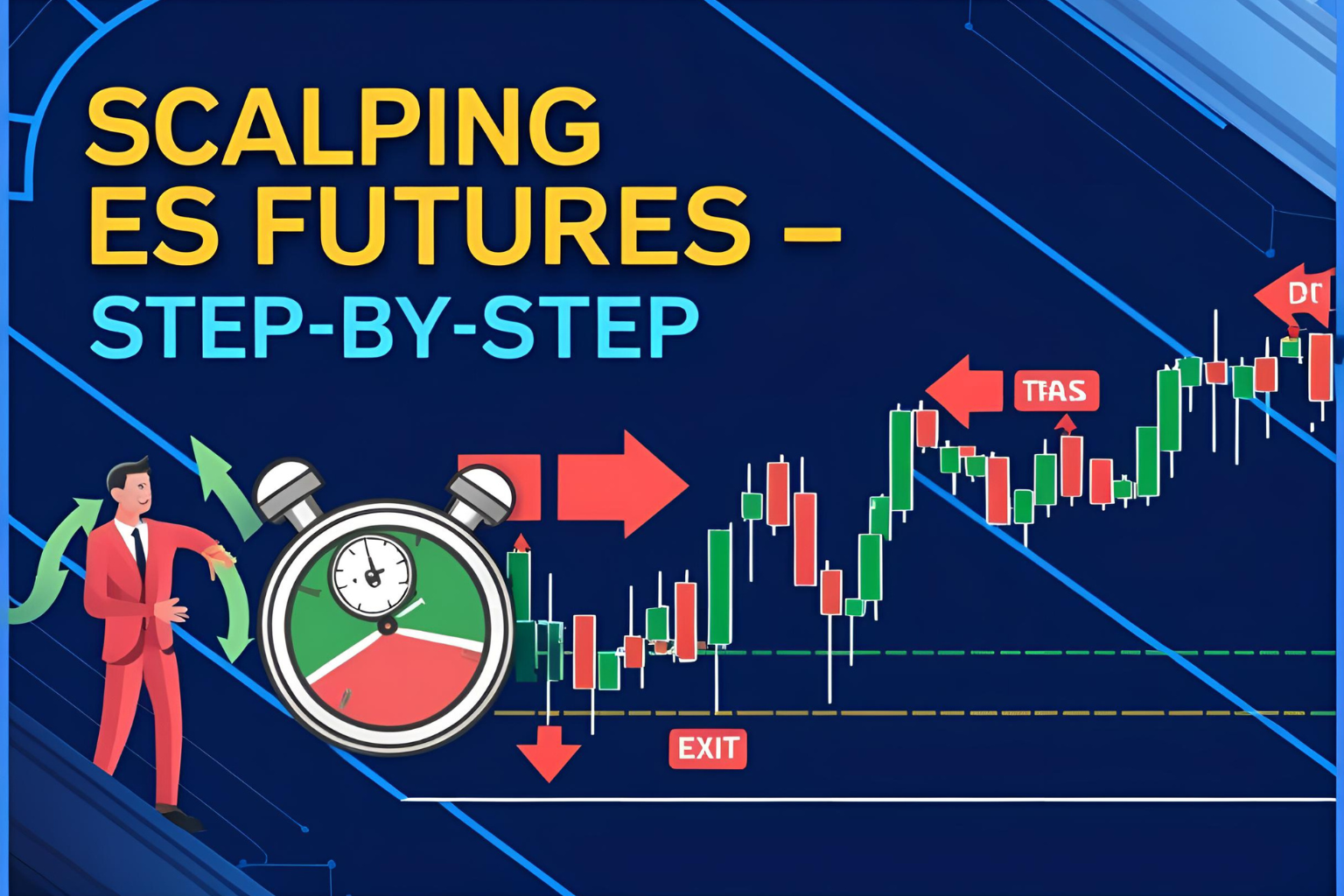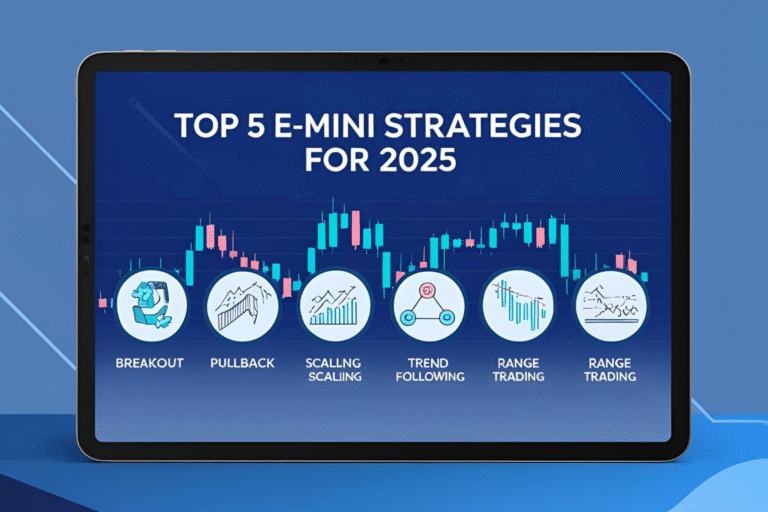Scalping E-mini S&P 500 Futures: A Step-by-Step Guide
Scalping the E-mini S&P 500 (ES) futures is a popular strategy among short-term traders looking to profit from small price movements throughout the trading session. It requires quick decision-making, strict discipline, and precise execution. In this guide, you’ll learn a simple, effective approach to scalping ES futures, including setup, entry rules, risk management, and trade examples.
What Is Scalping in Futures Trading?
Scalping involves making multiple quick trades during the day to capture small moves—typically between 1 and 4 points in ES. Because of the high leverage and liquidity in ES contracts, even small movements can translate into meaningful profits when managed correctly.
Why Scalping Works with ES Futures
- High liquidity provides smooth order execution
- Tight bid-ask spreads reduce slippage
- Price volatility during U.S. session opens scalping opportunities
- Nearly 24-hour market access allows multiple trade windows
Recommended Tools for Scalping
- 1-minute or 3-minute candlestick chart
- VWAP (Volume Weighted Average Price)
- 9 EMA and 20 EMA
- Price action zones (support/resistance)
- DOM (Depth of Market) for order flow visibility (optional)
Step-by-Step Scalping Setup
Step 1: Select the Right Time to Trade
Trade during high-volume periods for cleaner setups, such as:
- 9:30 AM to 11:30 AM ET
- 2:00 PM to 3:30 PM ET
Avoid low-volume midday sessions unless volatility is high.
Step 2: Identify a Bias with VWAP
- If price is above VWAP and holding, look for long scalps
- If price is below VWAP, look for short scalps
Step 3: Wait for Pullback or Micro Range Break
- Watch for quick pullbacks to EMA zones
- Look for small ranges forming around key levels
- Use breakout from these tight areas as trade triggers
Step 4: Enter with Confirmation
- Long entry: Bullish candle close above mini-range or EMA support
- Short entry: Bearish candle close below range or EMA resistance
- Keep stops tight, just beyond recent price structure (2–4 points)
Step 5: Exit on Target or Structure
- Take profit at 2:1 risk-to-reward or at recent highs/lows
- Alternatively, exit partial and trail stop for the remaining
Sample Trade Example
- Chart: 1-minute
- Bias: Long above VWAP
- Entry: Price pulls to 9 EMA and forms a bullish engulfing candle
- Stop-Loss: 3 points below entry
- Target: 6 points (2:1 risk/reward)
Risk Management Tips
- Risk a fixed dollar amount per trade, not a fixed number of contracts
- Trade 1–3 contracts max when starting
- Set a daily loss limit and stop trading once it’s hit
- Avoid revenge trading after a loss
Pros and Cons of ES Scalping
Pros
- Quick trade duration reduces overnight exposure
- More trading opportunities each session
- Can scale up with size once consistent
Cons
- Requires constant focus
- Higher commission and fees if trading often
- Emotionally intense without a structured plan
FAQs
How much capital do I need to scalp ES futures?
You can start with as little as $3,000, but $5,000–$10,000 gives more flexibility and lower risk per trade.
Is scalping good for beginners?
Only if you’re disciplined. Scalping rewards focus and strict risk control. Practice on a demo first.
What’s the best chart timeframe for ES scalping?
1-minute or 3-minute charts are most common. Combine with a 15-minute trend chart for bias.
Should I use market or limit orders?
Use limit orders for entry when possible. Market orders may result in slippage during fast moves.
Can I automate ES scalping strategies?
Yes, but start manually first. Automation works best when you’ve proven the strategy live.



